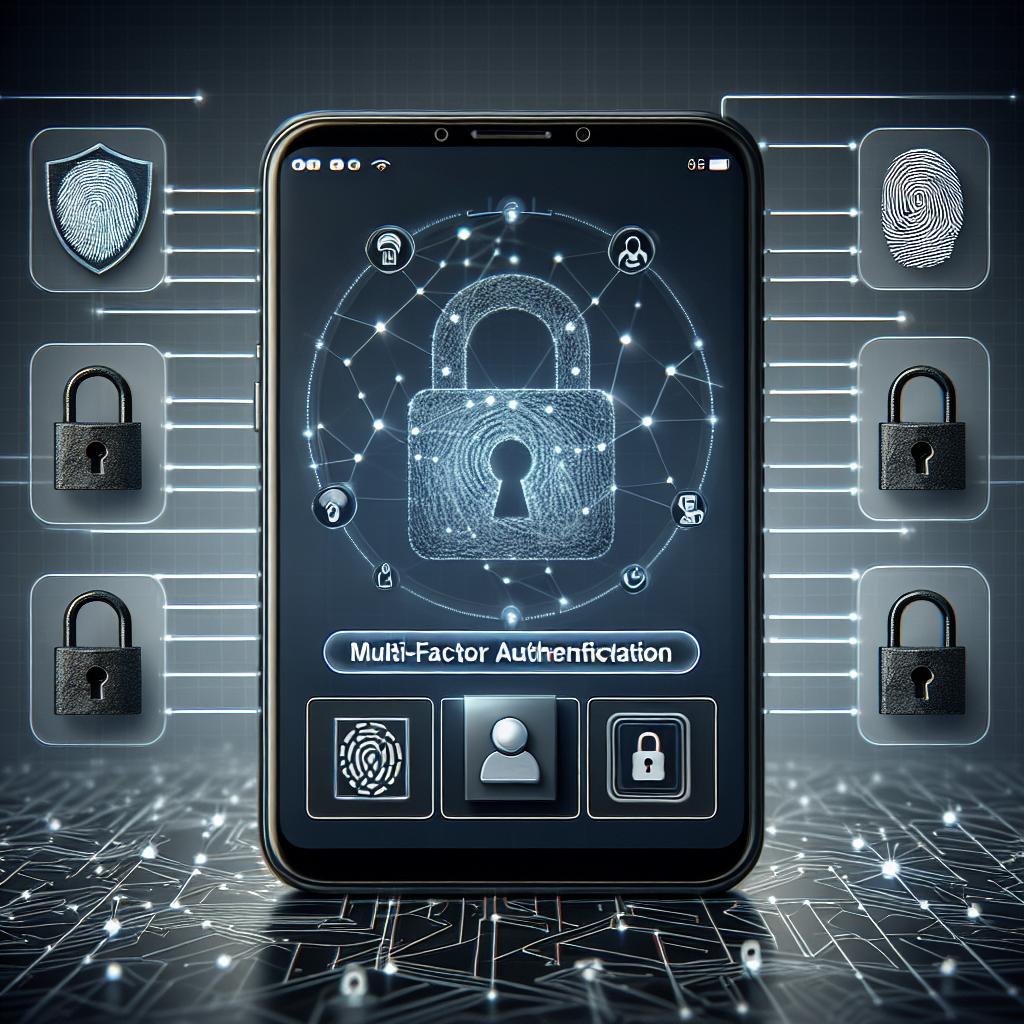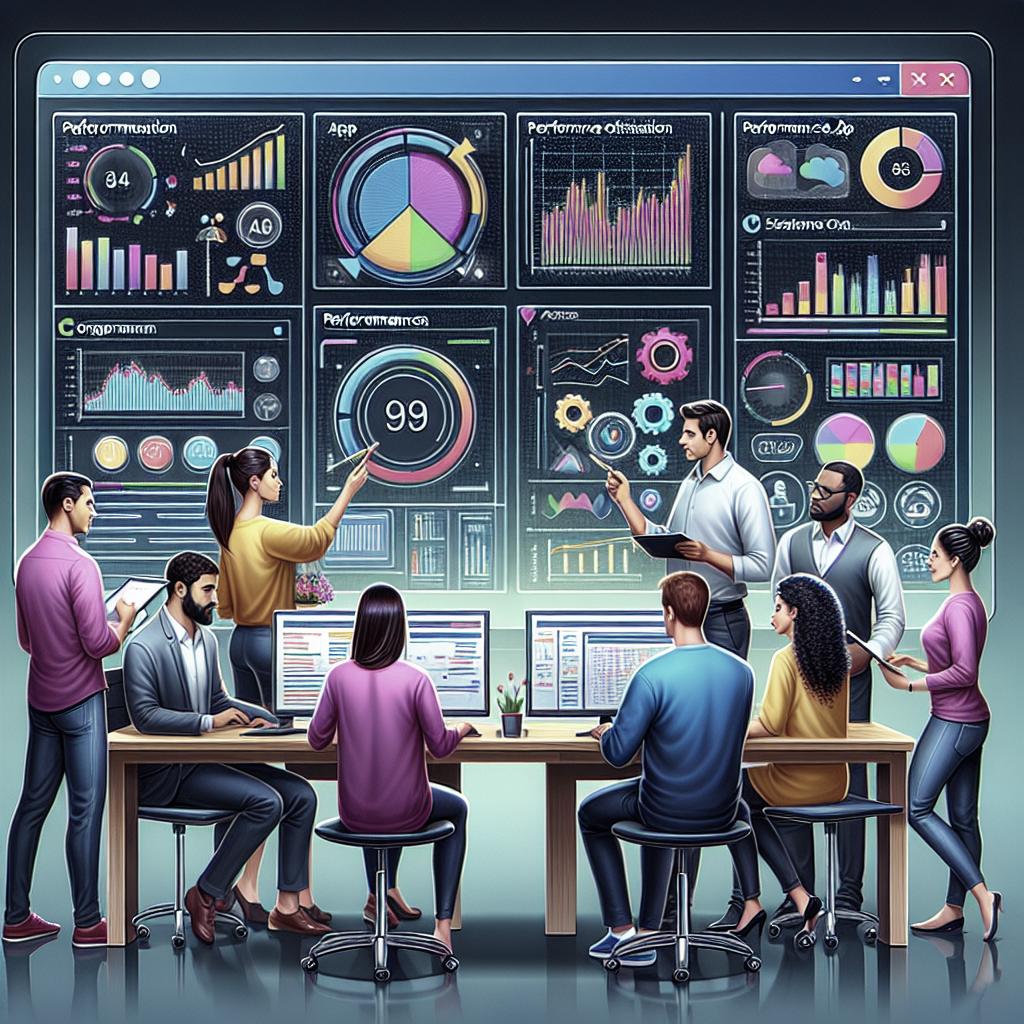Introduction
In an increasingly digital world, security breaches are becoming more frequent and more sophisticated. Multi-factor authentication (MFA) has emerged as a crucial tool in the fight against unauthorized access and data breaches. This blog post delves into the intricacies of MFA, exploring its types and how it works to enhance mobile security. We’ll also discuss choosing the right MFA software, evaluate leading vendors, and explain how solutions like Rippling can bolster your cybersecurity efforts. By understanding MFA, organizations can better protect their sensitive information while offering seamless access to authorized users, ensuring that they stay one step ahead in the ever-evolving cybersecurity landscape.
What is Multi-Factor Authentication (MFA) and How Does It Work?
Multi-factor authentication (MFA) is a security protocol that requires users to verify their identities through multiple forms of identification before gaining access to an application, system, or device. Typically, MFA combines two or more credentials from the following categories: something you know (a password or PIN), something you have (a smart card or mobile device), and something you are (biometric data like a fingerprint or facial recognition).
By requiring multiple forms of authentication, MFA significantly reduces the risk of unauthorized access. If one authentication factor becomes compromised, the attacker still faces multiple layers of security barriers. This provides a robust defense against cyberattacks, phishing attempts, and identity theft, thereby safeguarding sensitive data and ensuring business continuity.
Types of Multi-Factor Authentication (MFA)
The first category of MFA is something you know, usually a password or PIN. While this is the most common form of authentication, relying solely on passwords can leave systems vulnerable to attacks. Hence, combining this with other forms of authentication is essential to enhance security.
Other types include something you have. This method involves using a physical device such as a smartphone or security token, which can generate a one-time password (OTP) or authentication code. Lastly, biometric authentication, or something you are, uses physical characteristics such as fingerprints, facial recognition, or voice recognition, providing a unique and highly secure method of verifying identity.
How to Choose the Best Multi-Factor Authentication (MFA) Software
When selecting the right MFA software, consider the scalability and flexibility of the solution. Ensure that the software can accommodate the growth of your organization and adapt to evolving security needs. Compatibility with existing systems and ease of integration are also critical factors to evaluate.
Furthermore, assess the user experience and how the MFA solution impacts usability. While security is crucial, the authentication process should not be cumbersome for users. A balanced approach that combines robust security with a seamless user experience will encourage user adoption and compliance with security policies.
Top 10 Multi-Factor Authentication (MFA) Vendors
The marketplace for MFA solutions is diverse, offering various features to cater to different needs. Some of the top MFA vendors include Microsoft Azure Multi-Factor Authentication, Google Authenticator, and Authy. Each of these solutions has distinct advantages such as ease of use, reliability, and compatibility with different platforms.
Other notable vendors are Duo Security, RSA SecurID, and Okta. These companies provide comprehensive security solutions that integrate seamlessly with enterprise networks. They offer customizable options to fit various security policies, making it easier for organizations to implement robust security measures effectively.
Ensure Your Workforce Security with Rippling’s MFA
Rippling is a workforce management platform that offers an MFA solution tailored to enhance the security of business operations. With Rippling’s MFA, businesses can protect sensitive data by adding an additional layer of security, ensuring that only authorized employees access corporate resources.
The platform offers ease of configuration and deployment, seamlessly integrating with existing IT infrastructure. Rippling’s MFA provides users with a straightforward authentication process, enhancing the user experience without compromising security. Organizations can thus ensure workforce security while maintaining productivity.
Frequently Asked Questions
Q1: Why is multi-factor authentication important for mobile solutions?
A: Multi-factor authentication is crucial for mobile solutions as it helps protect sensitive information and systems from unauthorized access, especially in an era where mobile devices are increasingly targeted by cyber threats.
Q2: Can MFA be bypassed?
A: While MFA significantly increases security, no system is completely invulnerable. Attackers may use advanced methods such as social engineering to bypass MFA. Thus, combining MFA with other security practices is recommended.
Future Prospects
| Aspect | Description |
|---|---|
| MFA Types | Utilizes multiple authentication methods to verify identity, such as passwords, tokens, and biometric data. |
| Choosing MFA Software | Considerations include scalability, integration ease, user experience, and platform compatibility. |
| Leading MFA Vendors | Includes companies like Microsoft, Google, Duo Security, and Okta, each offering unique features and benefits. |
| Rippling’s MFA | Provides a tailored security solution enhancing workforce management by adding an extra security layer. |


